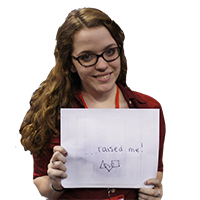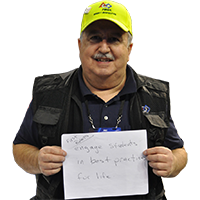For most aerial vehicles, it is difficult to maintain energy efficiency when they have to work against gravity. On the other hand, most ground-restricted vehicles do not have the freedom that aerial vehicles do. At the same time, it seems difficult to combine the two.

The HyTAQ (Hybrid Terrestrial and Aerial Quadrotor) is unique in that it has four rotors for stable flight, but is also surrounded by a cylindrical cage made of polycarbonate and carbon fiber. Additionally, HyTAQ uses the same actuators for flying as for moving on the ground, so no extra actuators need to be carried.
But why have something that can move in the air as well as the ground? Well to start off, as mentioned in the beginning, it’s more efficient. It can operate six times more than an aerial-only plane, while still maintaining the ability of aerial movement. By having both aerial and terrestrial mobility, a robot can change its movement depending on the situation, and traverse obstacles that terrestrial-only vehicles can’t. The cage acts as a shock absorber when the robot moves in the air and might crash into things, and also allows the robot to fly even in difficult wind situations. Of course, its terrestrial functions also allow it to move on the ground and avoid strong winds at the same time.
The cage also allows the robot to move irregardless of rotational position. The cage itself is held loosely onto the quadrotor, so no matter how much the cage spins, the rotors stay parallel to the ground, allowing for maximum stability.
All in all, HyTAQ is revolutionary because it increases efficiency and is a much less complex robot than another aerial and terrestrial hybrid machine would be. Plus, it looks really cool, bouncing along erratically while its center stays strong and balanced.


















































